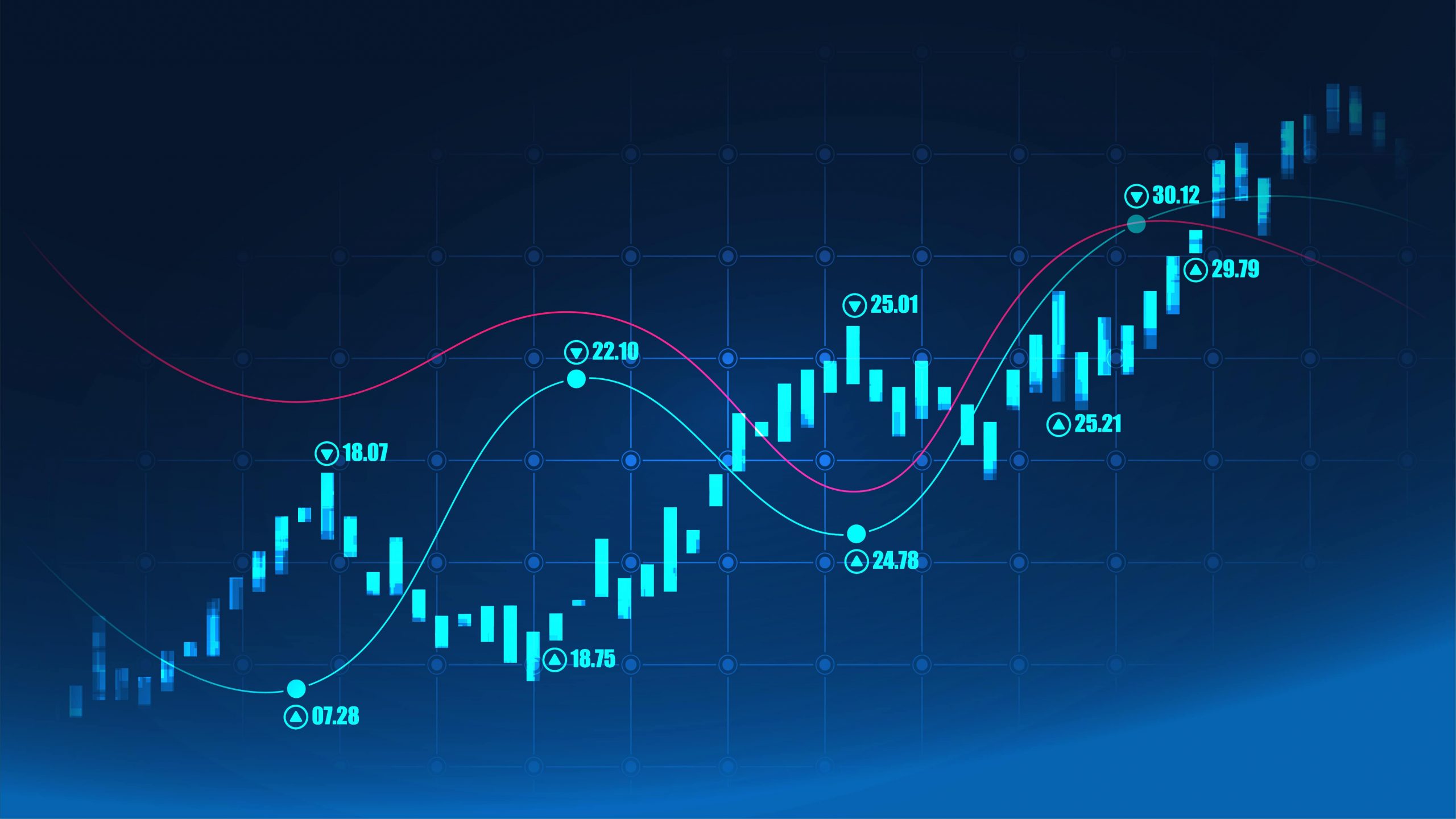Position Sizing and Money Management in Forex

Trading in Forex is not just about market analysis and strategy selection; it also requires effective capital management. A trader’s success largely hinges on accurately determining position sizes and managing risks. Without a clear understanding of these elements, even the most accurate forecasts can lead to substantial losses.
One common capital management strategy is to risk a fixed percentage of capital on each trade. Traders decide in advance what percentage of their capital they are willing to risk on a single trade and adhere to this rule regardless of market conditions. Typically, this percentage ranges from 1% to 3% of their overall capital. The advantage of this strategy is that it protects the account from significant losses while allowing the trader to participate in numerous trades.
Another approach is to set a fixed dollar amount to risk on each trade, regardless of total capital. For example, if a trader decides to risk $100 on each trade, even if their capital grows to $20,000, the risk per trade remains at $100. While this strategy is straightforward, it lacks flexibility as it does not account for changes in capital size.
In addition to technical skills and calculations, effective capital management in Forex demands discipline and emotional control. Often, psychological factors, such as fear and greed, can lead to deviations from management rules. Emotional decisions can result in taking on excessive risk, ultimately leading to significant losses.
Leverage is a powerful tool that allows traders to control large positions with a relatively small deposit. In Forex, leverage can reach as high as 1:500 or more, making the currency market appealing to many participants. However, this increased leverage also brings heightened risks. It is essential to understand how leverage affects capital management as part of successful trading.
New traders often make the mistake of employing excessive leverage in pursuit of quick profits. This can result in rapid capital depletion, even with correct market predictions, if the impact of leverage on risk management is overlooked.
It’s also critical to avoid committing all your capital to a single currency pair or trade. Spreading your capital across multiple currency pairs or instruments can help lower risk and stabilize overall returns. For instance, if one trade incurs a loss, another profitable position may compensate for those losses.
When adopting a portfolio approach, accounting for the correlation between assets is vital. If all the currency pairs in which you invest move in the same direction (exhibiting a high positive correlation), this does not effectively reduce your risk. The objective should be to select assets with low or negative correlations, ensuring that a decline in one asset does not lead to losses across your entire portfolio.
In conclusion, determining position size and managing capital effectively in Forex is essential for successful trading. Regardless of your level of trading experience, appropriately sizing your positions and implementing sound risk management practices can help preserve and grow your capital. It is important not only to follow your trading strategies but also to consider the psychological aspects of money management, avoiding impulsive decisions and maintaining discipline throughout your trading activities.